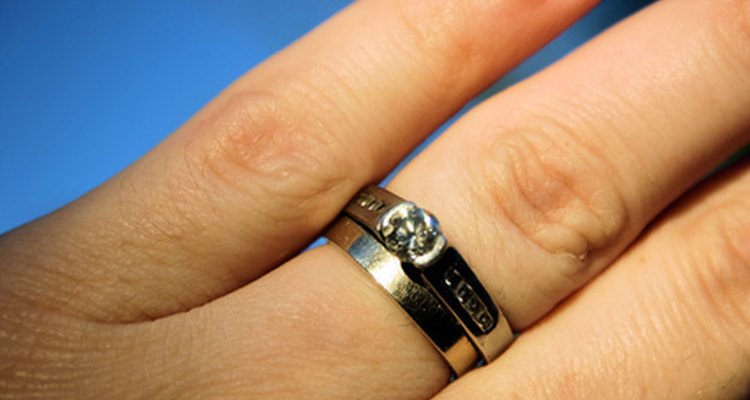
If you love the classic, silver-white look of platinum ring designs, but find platinum either too expensive or too heavy for your jewelry tastes, don't despair. There are several other metal choices for rings that give the same look as platinum, yet are more affordable and workable. And they are so attractive, no one but you needs to know your ring is not platinum.
White Gold
Hands down the most popular white metal substitute for platinum, white gold has become almost as ubiquitous as traditional yellow gold.
Gold occurs naturally as yellow in color; white gold is created by alloying gold with other metals until the desired white-silver color is achieved. Nickel, palladium, copper and other precious metals are all used to create white gold, although nickel has fallen out of favor due to the fact that many people have nickel-reactive allergies to this metal.
Regardless of what is alloyed with gold to give it a white color, white gold is never truly white, retaining a yellowish cast. To offset this, many white gold rings and other jewelry pieces are plated with rhodium, a hard metal with antitarnish properties. Rhodium will eventually wear off, but can be reapplied.
Sterling Silver
Sterling silver is one of the most reflective of all precious metals. With a high luster and easy workability, silver is a popular metal for all levels of jewelry design, from mass-market to one-of-a-kind designs.
Like gold, silver in its purest form is too soft and malleable to be durable for jewelry, rings in particular. Silver is alloyed with other metals, usually copper, in order to make jewelry that combines both the beauty of silver and the durability of copper.
Most fine silver jewelry is stamped 925, which indicates that the jewelry is made of 92.5 percent silver along with 7.5 percent of copper or another metal.
The popularity of platinum has also heightened sterling silver's profile; in order to add value and decrease the likelihood of tarnishing, sterling is being alloyed with precious metals like platinum or plated with rhodium, which prevents tarnishing.
Palladium
Palladium, which occurs naturally in seams alongside platinum, is making a comeback as a jewelry metal after years of disappearing from the scene.
Palladium first enjoyed success as a substitute for platinum in jewelry during the World War II era, when platinum was reserved for the war effort. The difficult process involved in extracting palladium for jewelry use meant that palladium lost favor as soon as platinum became available again; however, recent advances in palladium alloying has returned this metal to popularity.
Palladium's similarities to platinum include its durability, its permanent white-silver color and its resistant to tarnish and oxidation. As a bonus, it's less heavy and less expensive than platinum, making it better for many ring designs.
Related Articles

Titanium Versus Silver Rings
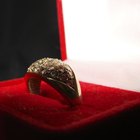
What Is 18 Carat Gold?

Sterling Silver vs White Gold Wedding ...

What Is 916 in Jewelry?

Can a White Gold Ring Be Made into ...

Cubic Zirconia Vs. White Spinel

Metals for Class Rings of the 1980s

What Is 21K Gold?

How do I Get White Gold Jewelry to ...

Coatings Used to Resist Tarnish in ...
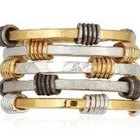
How to Clean Vermeil
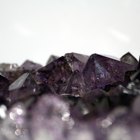
Types of Valuable Crystals
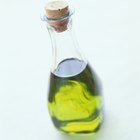
How to Polish a Dull Amber Ring
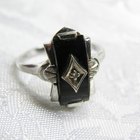
What Is Marcasite Jewelry?
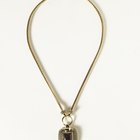
How to Keep Gold Plated Jewelry From ...

What Is the Difference in K and KT in ...

What Does Fake Gold Look Like?

Tanzanite Vs. Diamonds
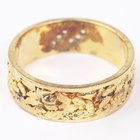
How Can I Test Rose Gold?

What Is Stainless Steel Jewelry?
References
Writer Bio
A writer and information professional, J.E. Cornett has a Bachelor of Arts in English from Lincoln Memorial University and a Master of Science in library and information science from the University of Kentucky. A former newspaper reporter with two Kentucky Press Association awards to her credit, she has over 10 years experience writing professionally.
Photo Credits
a ring image by Allyson Ricketts from Fotolia.com